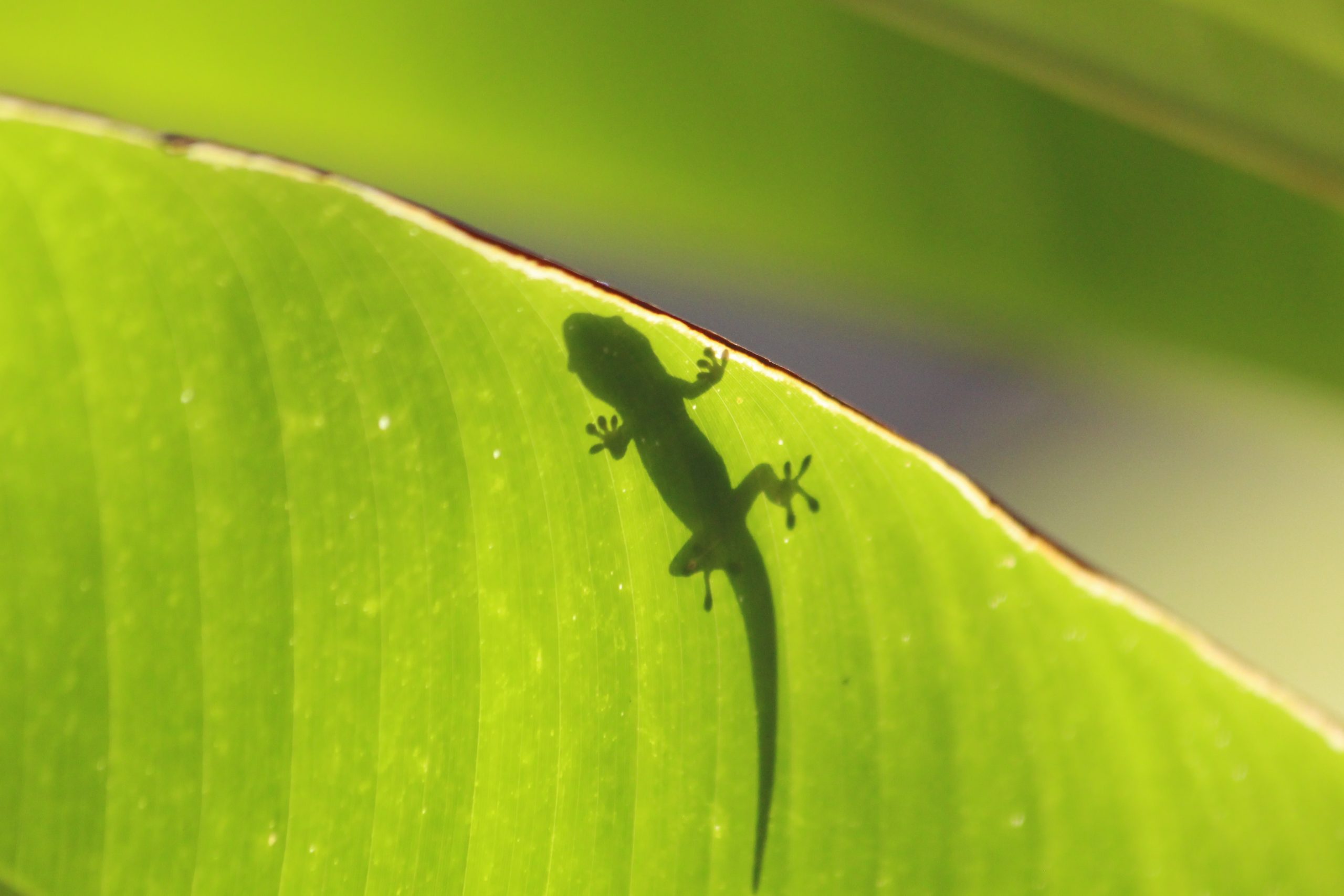
Biomimicry: natural inspiration for human challenges
First of all…what is biomimicry?
The literal definition is ‘imitation of the living’. Biomimicry is a game-changing approach to engineering and innovation that takes inspiration and cues from the natural world. It’s the art and science of imitating nature’s design, processes, and systems to solve complex human challenges. By observing, understanding, and emulating ingenious natural solutions that have evolved over millions of years, we can discover an array of sustainable and efficient concepts, leading to significant advancements across various industries.
Beyond imitation – the essence of biomimicry
Although biomimicry involves imitation, it’s far more sophisticated than merely copying. It explores our understanding of nature’s underlying principles and adapts them to human contexts. These biological strategies require interdisciplinary collaboration, connecting the dots between biology, engineering, design, and more. Biomimicry encourages us to view nature not as a resource to be exploited but as a trusted mentor, offering us dependable solutions that will continue to stand the test of time.
Learning from nature’s blueprint
Nature is inherently economic and efficient. It’s our guiding principle for time-tested innovations, processes, and policies that are suited to life on Earth for generations to come. Nature’s blueprints have guided architects, engineers, and designers towards smarter solutions.
We can thank ants for some of the most sophisticated algorithms out there. Companies such as Southwest Airlines, Unilever, FedEx, Hewlett Packard and Capital One use simple algorithms derived from ant colonies to enhance their operations. As a result, Southwest Airlines was able to cut freight transfer rates by a staggering 80 per cent at their busiest airports, reduce employee workload by 20 per cent, and board planes with more ease and efficiency.
Take, for example, the Eastgate Centre in Zimbabwe, which is inspired by termite mounds. The building employs passive cooling techniques, mimicking the mound’s self-regulating temperature control. It’s designed to reduce energy consumption – a shining example of nature’s capacity to inspire sustainable architecture.
Medical marvels unearthed from nature
Biomimicry’s impact on medicine and reimagining medical technology is awe-inspiring. Gecko Adhesive is one of the most notable examples of a bio-inspired medical advancement. The adhesive mimics the scaly surface of a gecko’s foot by using small nanostructures to which a thin glue is applied, resulting in a biodegradable bandage for organ and tissue repair. The tape’s success resulted in the launch of Tissium, a company that develops biodegradable sealants and adhesives for wound closure.
Sustainability as a driving force
Biomimicry’s impact becomes even more pronounced in the face of escalating environmental issues. As sustainability takes centre stage as a priority for humankind, biomimicry offers a groundbreaking approach to blending human activities with the natural world.
By mimicking nature’s strategies for resource efficiency, resilience, and adaptability, we can design products and systems that minimise our ecological footprint and enhance the ecosystems around us. With biomimicry, we can be a force for restoring air, water, and soil rather than squandering or damaging it. We can innovate to create conditions conducive to life, just like nature does.
Whether that’s mimicking the seasons in our balance to allow for phases of rest as well as growth to getting out into nature to spark creativity and innovation, the possibilities are endless.
The journey ahead
Biomimicry is an ongoing endeavour, with researchers, innovators, sustainability experts, and thought leaders all delving deeper into the mysteries and wonders of the natural world. As we continue to unpick the intricacies of nature’s resourceful solutions, we unlock a world of possibilities for shaping a more sustainable, efficient, and harmonious future.
Biomimicry reminds us that nature is the ultimate guiding force, taking us by the hand to build a more resilient world. The question now is not merely, “What can we take from nature?” But rather, “What can we learn from nature to thrive?”
I’m delighted to be introducing regenerative business support as one of my services. I’ll be working alongside the fantastic Ali Fisher to deliver workshops to help SMEs move beyond sustainability to regenerative business models in line with the Doughnut Economics model and in line with the brilliant research carried out by the Doughnut Economics Action Lab.
Interested in developing a regenerative model for your business? Let’s chat.
